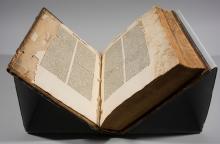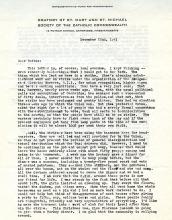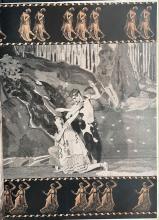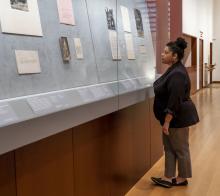Distrust in the Strength of Paper, Part II
Submitted by Thaw Conservati... on Tue, 12/05/2023 - 11:42amIn Part I, I discussed how bookbinders in the fifteenth century did not have full confidence in the strength of paper for text blocks in books, and how parchment lingered in bookbinding practice to reinforce the paper gatherings.










